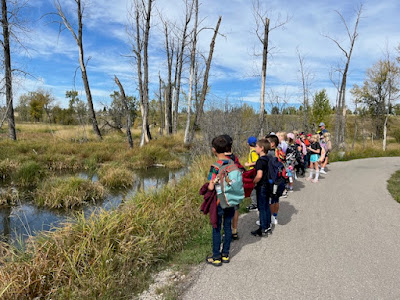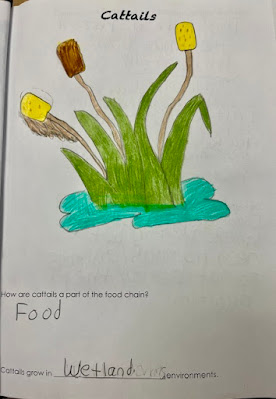What a great first full week of grade 3! It has been a pleasure getting to know your wonderful children and I look forward to seeing all of you Thursday September 19, 2024 for our Meet the Teacher night.

Together, our class is continuing to get to build relationships and establish routines. Students have been participating in a number of collaborative challenges, including many cooperative games in gym. Ask your child about our 'Group Sitting' Challenge, 'Crossing the Lava' challenge and the indigenous game entitled 'Snake or Line tag'.
This week, students were also very busy completing Universal Screeners. We had many positive conversations about different areas we all have strengths. There may be some subjects we don’t feel confident in…”yet.” But, with practice and ongoing learning, we can learn. All we have to do is try and believe in ourselves.
In Mathematics, students have been continuing to build their number sense. As a class, we discussed and shared how numbers are all around us. They began creating a cover page entitled 'All About Me' in which they represented themselves through numbers. One thing that came out of our conversation was that a lot of the students did not know their postal code or why we have one. Please share your postal code with your child so they can see what it looks like and how many numbers are in it.
While introducing our first science unit, students were introduced to the concept of two-eyed seeing. This year we will be examining our different topics through both a western perspective and also through an indigenous perspective, thereby enhancing our learning and deepening our understanding.
We started our 'Living Systems' unit by examining some cattails. Students were very excited to see that one was seeding. Using scientific eyes, they created a detailed drawing of a cattail plant.
Then students began exploring the following questions:
Ask your child how a cattail's rhizome stem supports animals in their wetland.
Next week we will be learning about how local indigenous people previously used and continue to use cattails in their everyday lives.
Science Learning Outcome:
Students analyze and describe how plants and animals interact with each other and within the environment.
Success Criteria:
I can analyze and describe how plants and animals interact with each other and within the environment.
I can investigate and discuss how plants and animals respond to stimuli in their environments in order to survive.
Explain interconnections in environments, including how plants depend on animals and how animals depend on plants to survive.
Discuss First Nations, Métis, and Inuit connection with environments and their knowledge of and relationships with plants and animals.
Physical Education & Wellness Outcome:
How can teamwork support positive interactions during physical activity?
Success Criteria
























